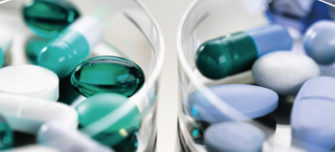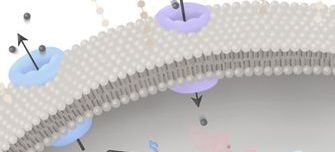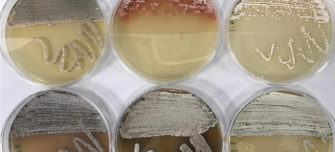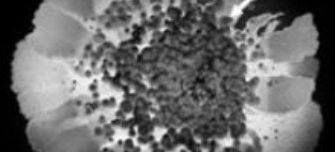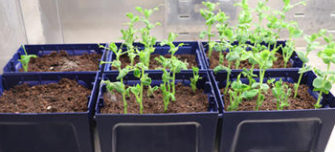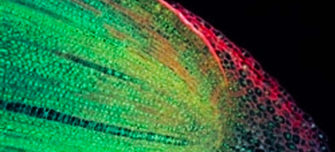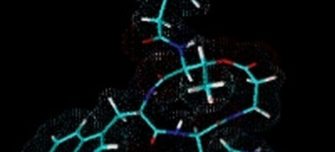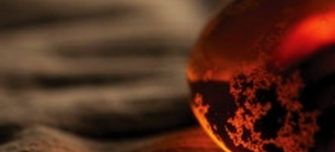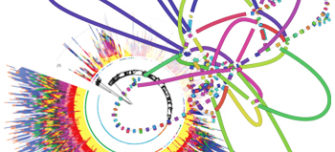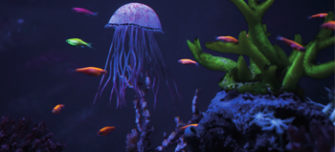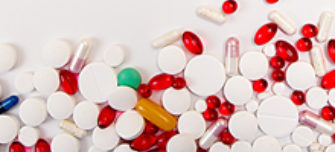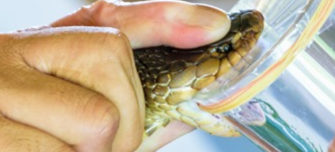Resources and further reading
-
Microbiology Today Natural Products and Drug Discovery
Discover articles examining potential sources of novel drugs, the promise of foods such as honey and garlic, as well as bacterial products.
-
Microbiology Today: Alternative sources
Discover living alternatives to antibiotics and explore if a reappraisal of some old approaches using living organisms could be the answer, as we try to find novel ways of treating infections.
-
Metals in Microbiology: journal collection
Guest-edited by Dr Jennifer Cavet (University of Manchester) and Dr Karrera Djoko (Durham University), this collection of keynote research articles will highlight research on metal-microbe interactions, bringing together advances in our understanding of how microbes handle metals, the utilization of metals in proteins and the importance of metal handling systems in host-pathogen interactions.
-
Actinomycetes as nature’s pharmacists
In this article in Microbiology Today we explore how the increasing incidence of antibiotic-resistant bacterial pathogens has resulted in an urgent need for new, clinically useful antibiotics.
-
Breaking barriers with garlic
Can garlic be developed into an approved medical intervention for animal or human use? In this Microbiology Today article Heather Graz, Chief Operating Officer at Biophys Ltd, discusses the benefits of garlic and if it has the potential to help develop novel treatments.
-
Building bacterial bridges
Often, the first things that come to mind when we think about microbes in the built environment are damage, decay, discolouration and staining to building materials and their surfaces. What we don’t often consider is their ability to act as ‘bioengineers’.
-
Using microbes for precision insect pest control
It is time to reduce the environmental footprint of insect pest control. Find out why bacteria are the ideal tools for developing ‘smart’ precision bio-insecticides and preventing disease transmission by insects in this Microbiology Today article.
-
The unexpected influence of microbiology on the disposal of radioactive waste
In this Microbiology Today article, we explore how a surprising amount of work has been carried out around the world on how micro-organisms might be beneficial or harmful for the safe containment of such waste.
-
Diatoms: glass-dwelling dynamos
The diversity of diatoms in terms of morphology and habitat show that they are highly adaptable and have been able to take advantage of different environments in order to evolve and spread since their origin about 240 million years ago. With genome sequencing of four diatom species, insights into their success have been revealed.
-
Microbial biogeography and what Baas Becking should have said
Compared to the discipline of ecology, the science of microbial ecology is in its infancy. But can the models and principles of general ecology be used in combination with modern molecular methodologies to provide insights into how microbial communities organise and change in space and time?
-
Burkholderia bacteria: natural alternatives to synthetic pesticides
The evolutionary history of Burkholderia bacteria continues to be unravelled with the ongoing discovery of novel species and regular updates to the taxonomic distinction between genera. In this Microbiology Today article, Eshwar Mahenthiralingam and Alex J. Mullins discuss this novel source of antibiotics.
-
Lignocellulose to fuel alcohol: current trends
Liquid transport biofuels are now key contributors to the bioenergy portfolios of many countries. This has been driven by increasing global energy demands together with escalating costs, the environmental unsustainability of petroleum and the finite natural world.
-
Biofuels from algae untapped
It is hard to imagine a functioning modern society that does not put plants and microbes to use. For thousands of years we have cultivated, adapted and, more recently, modified these organisms to suit our needs for food production, agriculture and medicine. In this context, it is surprising that microalgae, which are both photosynthetic and unicellular, are not more commonly used in industry.
-
Could microbes hold the answer to rising soil salinity?
As a species we rely heavily on plants, but as climate change continues to have an increased impact and soil salinity continues to increase worldwide, crops will begin to fail. But what if there are bacteria that can help solve this?
-
Probiotics – a living story
Learn more about probiotics, including how they can have an impact on human life, their potential benefits and how we can monitor if they are effective.
-
Drugs from bugs that kill bugs
It isn't just soil-dwelling actinomycetes that may hold the key to new antimicrobial compounds. Insect-pathogenic bacteria also produce a host of bioactive compounds – and what's more, they are easy to analyse in vivo.
-
Enzybiotics and phages: safe alternatives to antibiotics in the control of food safety
The concept of treating bacterial infections with phage is not new – indeed it pre-dates the antibiotic era. Can this be used to eliminate the use of antibiotics in animal feed?
-
Accessing the biosynthetic potential of Actinobacteria
In this article featured in Microbiology Today, member Paul Hoskisson explores if, in an era of ever-increasing antibiotic resistance, bacteria still provide a source of desperately needed novel antimicrobials.
-
Biogeography of marine actinomycetes and the secondary metabolites they produce
The discovery of new antimicrobials has failed to keep up with the rise of drug-resistant bacterial infections. But might the answer come from the marine environment? And what opportunities does this provide for finding correlations between taxonomy, biogeography and secondary metabolite production?
-
Methods and Software Journal collection
This journal collection brings together articles describing novel experimental, bioinformatics, modelling and statistical approaches to the analysis of microbial genomics data.
-
Zombie fungus: how does this not so fun guy synthesise a cancer drug?
Cordycepin is a metabolite produced by members of the Cordyceps genus, more commonly known as ‘zombie fungus’. As well as being an important metabolite in the infection process, cordycepin has anti-cancer properties.
-
Searching for antibiotics in the abyss
At the University of Bristol, Dr Paul Race and colleagues are combining the innovations of synthetic biology with robotic environmental sampling to attempt to unblock the antibiotic discovery pipeline. Find out more about their research in this article in Microbiology Today.
-
Looking into nature for novel biofilm-modulating agents
Antimicrobial resistance (AMR) is one of the most difficult problems we face. Scientists are increasingly turning to nature to find novel antimicrobials and agents to help in the fight against AMR. Dr Georgios Efthimiou from the University of Hull is looking for novel agents that can prevent biofilm formation, a phenomenon that can make infections incredibly difficult to treat.
-
Microbe Talk: Could snake venom contain antibiotics?
Alice Fraser from the Liverpool School of Tropical Medicine is part of a research team looking for new antibiotics in unexpected places. Listen to this Microbe Talk episode to find out about her research searching for antibiotic proteins in snake venoms and find out what Alice has found so far.
Image credits:
Tek Image/ Science Photo LibraryTravel Ink/Tony Page
Lorena Fernández-Martínez
B. Reeksting
Miranda Whitten
vlastas/iStock
Jin Hong
Christian Sardet and Chris Bowler
Stocktrek Images/Thinkstock
Alex Mullins
Jim Haseloff/Wellcome Images
Sinclair Stammers/Science Photo Library
Gareth Raynes
ayo888/Thinkstock
H.B. Bode
Digital Vision / Thinkstock
Chiang, Y.-M., Chang, S.-L., Oakley, B.R. & Wang, C.C. (2011)
joebelanger/iStock
Adams et al. 2016 and Wick et al. 2017
Silk-stocking /iStock
iStock/yongkiet

